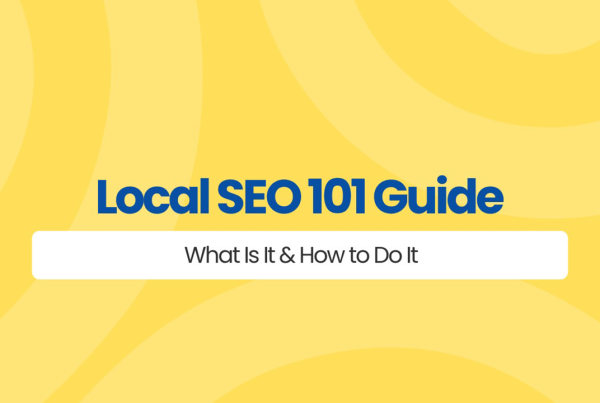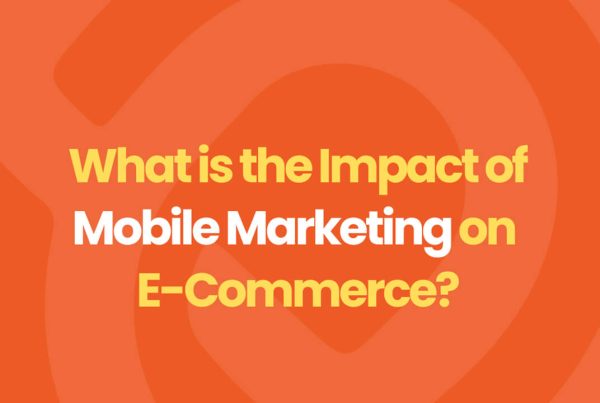
In 2025, branding isn’t just a marketing function, it’s a survival strategy. The gap between brands that connect and those that confuse is wider than ever. Why? Because today’s audience doesn’t just buy from brands, they interact, share, review, compare, and scrutinize. Consumers expect authenticity, personalization, and consistency across all platforms. At the same time, digital noise is at an all-time high. One disconnected post or off-brand interaction can break trust in seconds.
Brand strategy and management are what set thriving companies apart. It’s not just about colors and logos. It’s about how your brand walks, talks, and earns trust at every single touchpoint. Whether you’re a digital marketer aiming to scale or a business owner seeking to differentiate in a crowded space, this guide will provide you with the clarity, structure, and tools to build a brand that’s not just seen, but remembered.
What is Brand Management?
Brand management is the ongoing process of shaping, monitoring, and maintaining how your audience perceives your business. It includes everything from visuals and messaging to customer experience and internal communication. More than just logos and fonts, it ensures that every interaction reinforces your identity and builds lasting trust.
Done right, it drives customer loyalty, improves efficiency, and supports long-term growth. Moreover, think of it as the glue that holds everything together; without it, consistency crumbles and trust crumbles.
4 Pillars of Brand Management
- Purpose
- Positioning
- Personality
- Perception & Promotion
Why Brand Strategy and Management Matter in 2025
Consumer behavior is evolving fast. Audiences expect personalized, trustworthy, and consistent interactions across all platforms. Without a clear brand strategy and management framework, businesses risk falling behind.
Nowadays, it’s no longer optional to manage your brand proactively. The competition is fierce, and digital presence matters more than ever. Furthermore, a structured approach allows you to streamline efforts, reduce friction, and build strong connections with your audience.
Key Benefits of Brand Strategy and Management
A well-managed brand opens doors. Here’s how:
Establishes Consistent Branding
When branding is consistent, customers know what to expect. Whether it’s an Instagram ad or a product label, familiarity builds recognition. In fact, 71% of consumers are more likely to buy from a brand they recognize.
Improves Team Efficiency
Marketing, design, and sales teams all rely on branded assets. A centralized system makes it easy for everyone to access what they need, saving time and preventing costly mistakes.
Encourages Customer Loyalty
A strong brand strategy creates emotional connections. These bonds drive repeat purchases, positive word-of-mouth, and increased lifetime value. Just look at Patagonia or Apple, loyalty is their biggest strength.
What is Strategic Brand Management?
Strategic brand management takes things a step further. It’s about aligning your company’s personality, positioning, and communication with long-term goals. While regular branding may focus on day-to-day tactics, strategy ensures your identity evolves with the market and stays relevant.
This approach fosters customer trust, enhances equity, and enables you to adapt to shifting trends. It turns your identity into a competitive advantage, not just a name on a product.
Core Components of an Effective Brand Strategy
Creating a winning brand strategy requires thoughtful planning and clear direction.
Define Your Brand
Begin with your mission, vision, and values. What does your company stand for? Who are you trying to help, and why? This foundational work shapes all your branding decisions.
Understand Your Audience
Dive deep into demographics, behaviors, and pain points. The more you know, the better you can tailor your message. Besides, remember, connection comes from understanding.
Create a Unique Value Proposition (UVP)
Your UVP highlights what sets you apart. Why should someone choose your brand over another? Clarify this, and you’ll craft more compelling messaging.
Conducting a Competitor and Differentiation Analysis
Knowing your competition gives you an edge. Study their branding, strengths, and areas for improvement. Then position your brand in a way that highlights your uniqueness.
A strong differentiation strategy isn’t about being different for the sake of it. It’s about standing for something meaningful that your competitors overlook.
Building a Memorable Brand Identity
An identity is your visual and emotional signature. It includes your logo, typography, color palette, tone of voice, and even the way your team interacts with customers.
Furthermore, ensure every element reflects your values and resonates with your audience. Use a human persona to make your messaging more relatable and engaging. Speak like a person, not a corporation.
Creating a Consistent Brand Message
Your message should echo across every platform—social media, websites, ads, packaging, and even customer support scripts. Consistency builds credibility and reduces confusion.
Using brand storytelling helps you form emotional connections with your audience. Additionally, frame your brand as the hero that solves your customers’ challenges. Tap into emotions like joy, hope, or confidence.
Implementing a Brand Management Strategy
Brand strategy is only as good as its execution. Align every department, marketing, sales, support, and design with your brand vision. Ensure everyone knows what the brand stands for and how to communicate it.
Train your team, define clear guidelines, and monitor how your message is delivered across every channel. This is where brand management solutions play a key role.
Brand Guidelines: Why and How to Create Them
Your guidelines act as your internal compass. They should include guidelines for logo usage, tone of voice, brand colors, typography, imagery, and messaging best practices and dos and don’ts.
When everyone follows the same playbook, you avoid off-brand communication and maintain a unified voice.
Using Brand Management Software
In 2025, brand management solutions aren’t a luxury—they’re essential. These tools allow you to store brand assets, streamline creative workflows, and track performance in one place.
They also enable your teams to stay consistent while working faster and smarter.
Implementing a Brand Management System
A centralized system reduces manual work and improves collaboration. With one destination for logos, templates, and messaging, every department can become a brand champion.
Advanced platforms also offer templates, campaign planning tools, and brand monitoring. This simplifies execution and keeps your identity tight across all regions and channels.
Common Brand Management Challenges and How to Overcome Them
Multichannel Marketing
Maintaining consistency across websites, emails, social media, and ads is tough. Utilize intelligent templates and brand-approved assets to ensure a consistent and unified experience.
Globalization
Localizing your brand without losing its core essence is critical. DAM systems help manage assets by region, preventing cultural or language missteps.
Rebranding
Change is hard, but a successful rebrand requires planning, stakeholder buy-in, updated guidelines, and a thoughtful rollout. Evidently, communicate clearly with your customers and team at every stage.
Brand Strategy and Management Tips for Growing Companies
If you’re scaling, keep these brand management tips in mind:
- Maintain documentation and guidelines
- Regularly update assets as your brand evolves.
- Communicate changes internally before going public.
- Empower every team member to represent the brand accurately.
Real-World Brand Strategy Examples
Apple
Apple’s strategy revolves around innovation and simplicity. Their design, tone, and product experience all scream “Apple.” That’s no accident. It’s careful, deliberate brand management.
Nike
Nike inspires through storytelling and consistency. From “Just Do It” to athlete partnerships, every touchpoint reinforces their mission. Their results speak for themselves.
Is Brand Management the Same as Branding?
No, branding is the act of building a brand through your logo, voice, and image. Management, on the other hand, is about maintaining and evolving that identity over time.
It also goes beyond marketing. Customer support, HR, and even product teams play a part. Every interaction counts.
Measuring the Success of Brand Management
How do you know your brand strategy and management efforts are working? Track metrics like:
- Brand awareness and recall
- Customer loyalty and retention
- Net Promoter Score (NPS)
- Engagement across channels
- ROI on branding campaigns
These indicators indicate whether your strategy is resonating with your audience and where you can improve.
Conclusion
Ultimately, in today’s world, a winning brand isn’t built by chance. It’s built through intentional, strategic action. Start with your core identity, stay consistent, and evolve as needed. That’s the key to long-term success.
FAQs
Q: What are the 4 C’s of brand strategy?
- Company
- Category
- Consumer
- Culture
Q: What are the 7 key elements of brand strategy?
- Purpose
- Target Audience
- Value
- Positioning
- Personality
- Voice
- Market Analysis
Q: Why do brands fail at management?
Inconsistency, poor internal communication, and failure to adapt often lead to breakdowns.
Q: Do I need management software?
Yes, especially if you have multiple teams or channels. It improves consistency and saves time.


